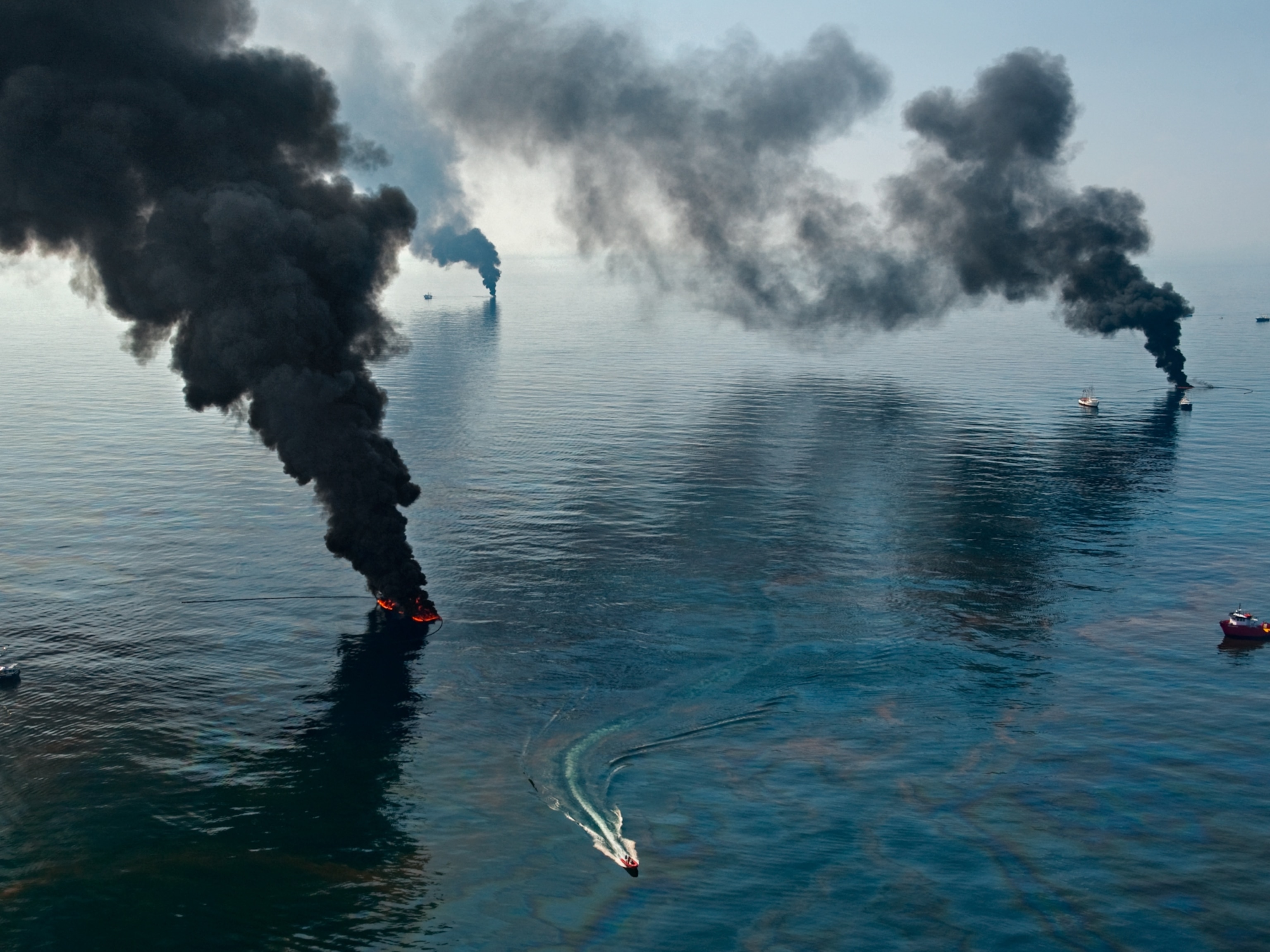
Alaska Refuge Can't Protect its Wildlife from Climate Change
Plummeting populations in a huge Alaska wildlife refuge might be caused by climate change and plastics.
Clam Lagoon, a body of water on the northernmost peninsula of Adak Island, Alaska, was meant to be a wildlife haven. But a continually warming Bering Sea is putting so much stress on the food chain there that its residents can’t find enough to eat: They’re starving, experts say.
Thousands of murres, puffins, auklets, and other seabirds used to scream through the skies over Adak. “Now it’s something like 200 to 300,” says Douglas Causey, a Professor of Biological Sciences at the University of Alaska, Anchorage, who has been coming to the island for three decades.
Causey has his theories, but now he’s searching for concrete answers as to why the Alaska Maritime National Wildlife Refuge, a 4.9-million-acre wildlife sanctuary in the Bering Sea in which Adak sits, is losing so many of its animals. Bird, fur seal, sea lion, and whale populations are all dropping in the region, says a 2017 NOAA fisheries survey.
Multiple mass bird die-offs, sometimes called “wrecks,” have occurred in the Bering Sea ecosystem since 2014. According to the 2015 U.S. Fish and Wildlife Service (USFWS) report on breeding status and population trends, 13 percent of Alaskan seabird populations declined from 2006 to 2015 and 31 percent of eggs hatched earlier than normal.
In 2017, Audubon Alaska placed 36 Alaskan bird species on its “red list,” which indicates that the population is currently declining or depressed from a previous decline.
“There should be birds all over aggregating, and there haven’t been birds breeding here in a couple years, and we don’t know why,” says Causey. “We’re trying to see if we can document what they’re eating to see if we can tie that in to the changing distribution of food. The oceanography has changed with climate change.”
Tangled Food Web
Causey is not alone in this assessment. Timothy Jones, a post-doctoral researcher at the Coastal Observation and Seabird Survey Team at the University of Washington, blames the recent die-offs on the early spring melting of sea ice, on which the Bering Sea ecosystem is especially reliant. Early breakup of the sea ice causes a delayed blooming of phytoplankton and compounds changes in the region’s food web.
Jones researches marine heat waves, which can cause extreme, ecosystem-wide harm to wildlife. The most well-known marine heat wave, “the blob,” caused an unprecedented auklet die-off just south of the refuge from 2014-2015.
“Marine heat waves are becoming more frequent and more intense,” says Jones, and they build upon each warmer year, affecting seabirds “in ways that are fairly unpredictable.”
The die-offs have continued into 2018, with more than 1,400 birds reported rotting on Bering Sea beaches and showing signs of starvation since May, according to the National Park Service.
On Adak, Causey boarded the Tiglax (pronounced TEKH-la, Aleut for Eagle), a USFWS research vessel that would go deeper into the wildlife refuge so that he, along with other scientists and volunteers, could search for more clues to explain the death toll.
Causey and Bryce W. Robinson, a USFWS volunteer, collected specimens from Attu Island, the furthest-west island in the Aleutian chain. Veronica Padula, a doctoral candidate who works with Causey, uses the specimens to quantify how much harmful plastic and plastic chemicals—called phthalates—get into the birds’ systems and possibly contribute to their starvation.
Causey also uses the specimens to map the rapidly changing Bering Sea food web caused by warming ocean temperatures and melting sea ice, and to test for viruses that could send up a red flag for impending wrecks.
On Attu, Causey collected a common murre, a medium-sized, penguin-like seabird with a black head and black-and-white stomach. Robinson examined it.
“Does it look emaciated to you?” he said. The bird’s ribcage was visible, its chest cavity hollow. Causey nodded with a concerned expression. “We’re going to want to look inside that one,” Causey said.
“There was a huge die-off, as a matter of fact, of murres this winter and they were mostly emaciated. They didn’t have the food they needed to eat,” Causey said.
“It seems to be an ecosystem-wide problem,” Padula said.
According to the National Park Service, “Hundreds of thousands of seabirds, mostly common murres, died of starvation” along the Pacific coast, the Gulf of Alaska, and in the Aleutian Islands from 2015-2016. Surveys discovered nearly 2,100 bird carcasses rotting on the region’s beaches in 2016.
“The Bering Sea is so dependent and so responsive to changes in the sea ice,” says Jones, to the point where the food supply dwindles and becomes less nutritious. “We’ve seen this in parts of Alaska pretty much every year since 2014.”





































